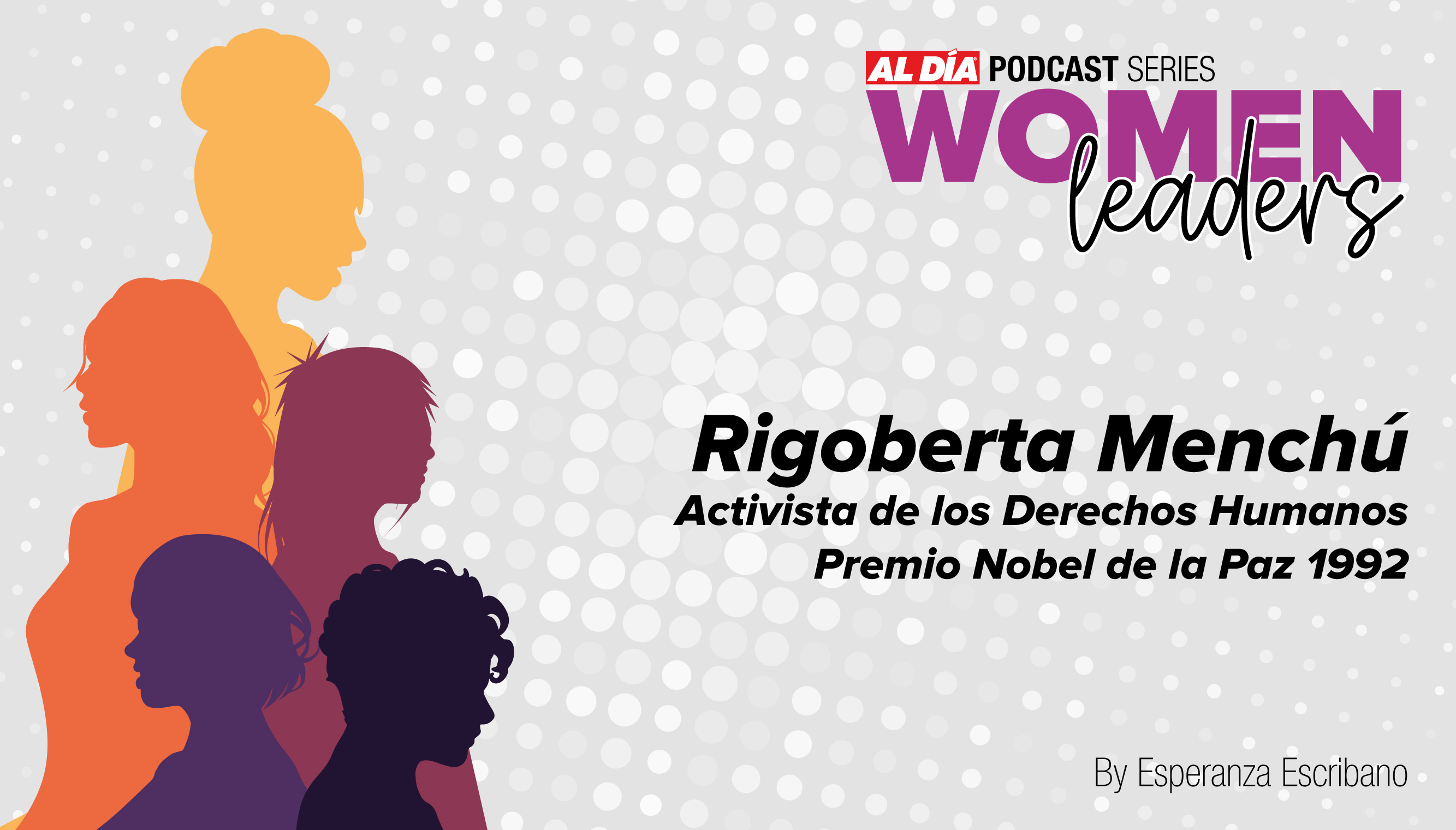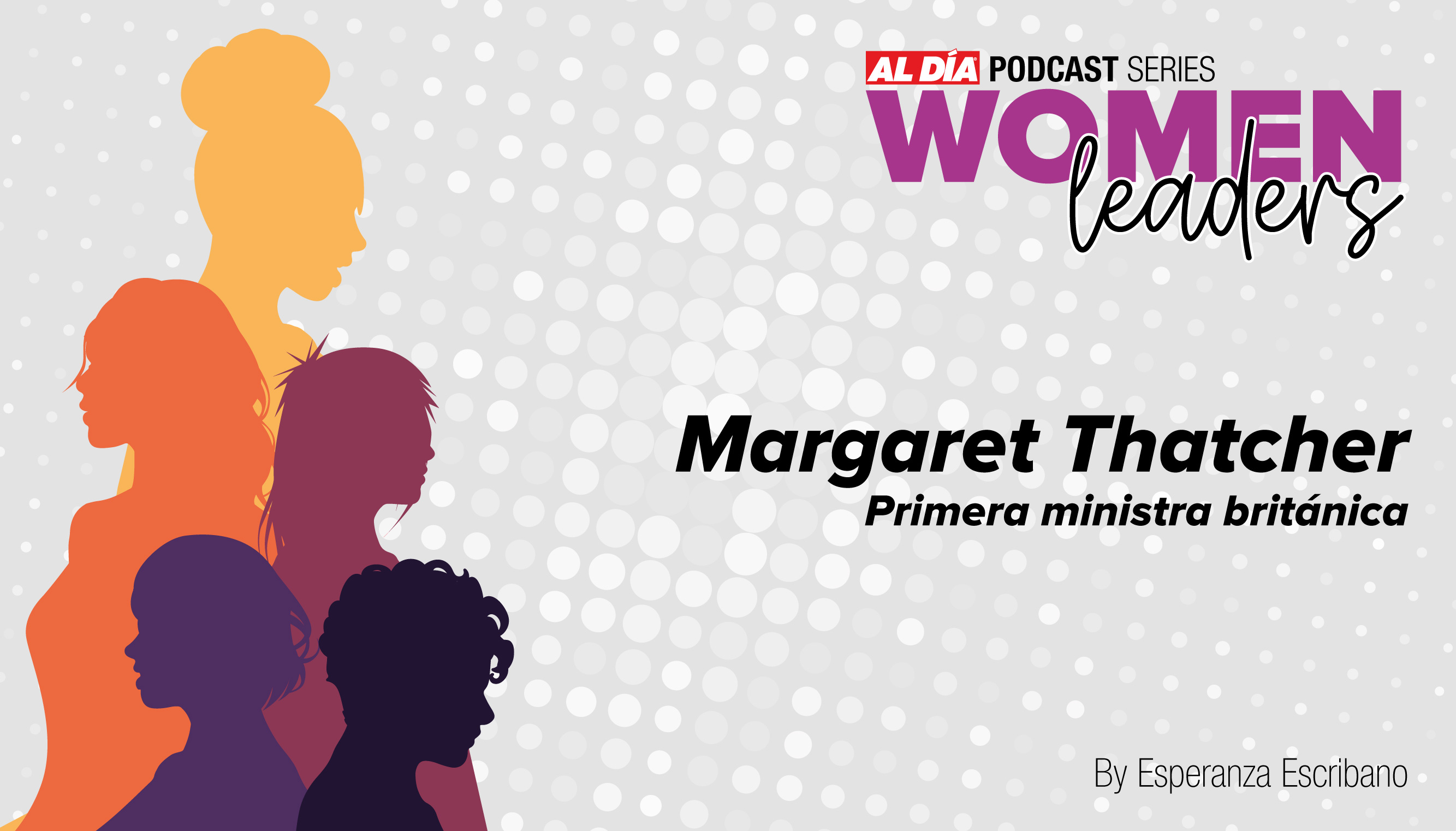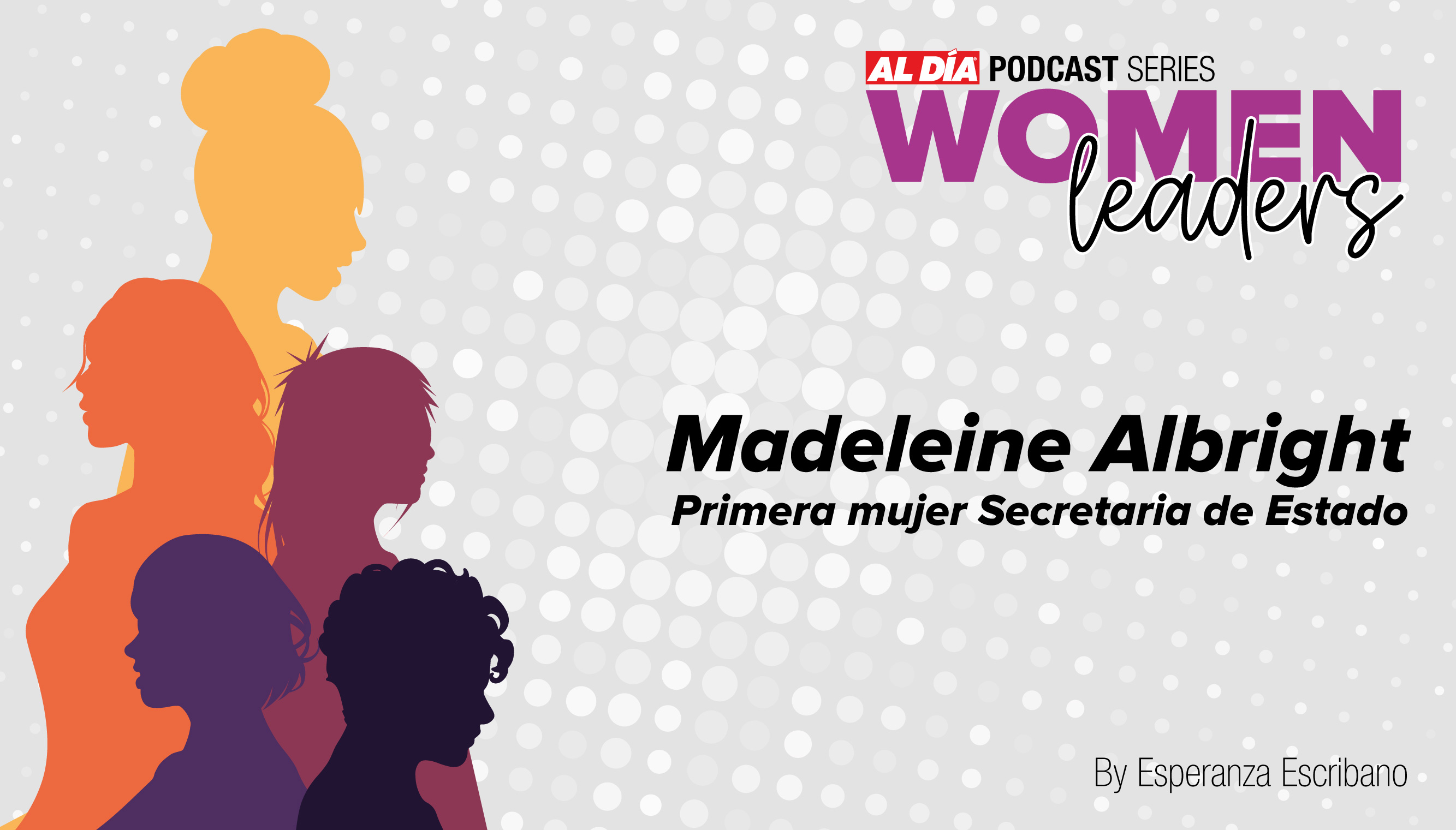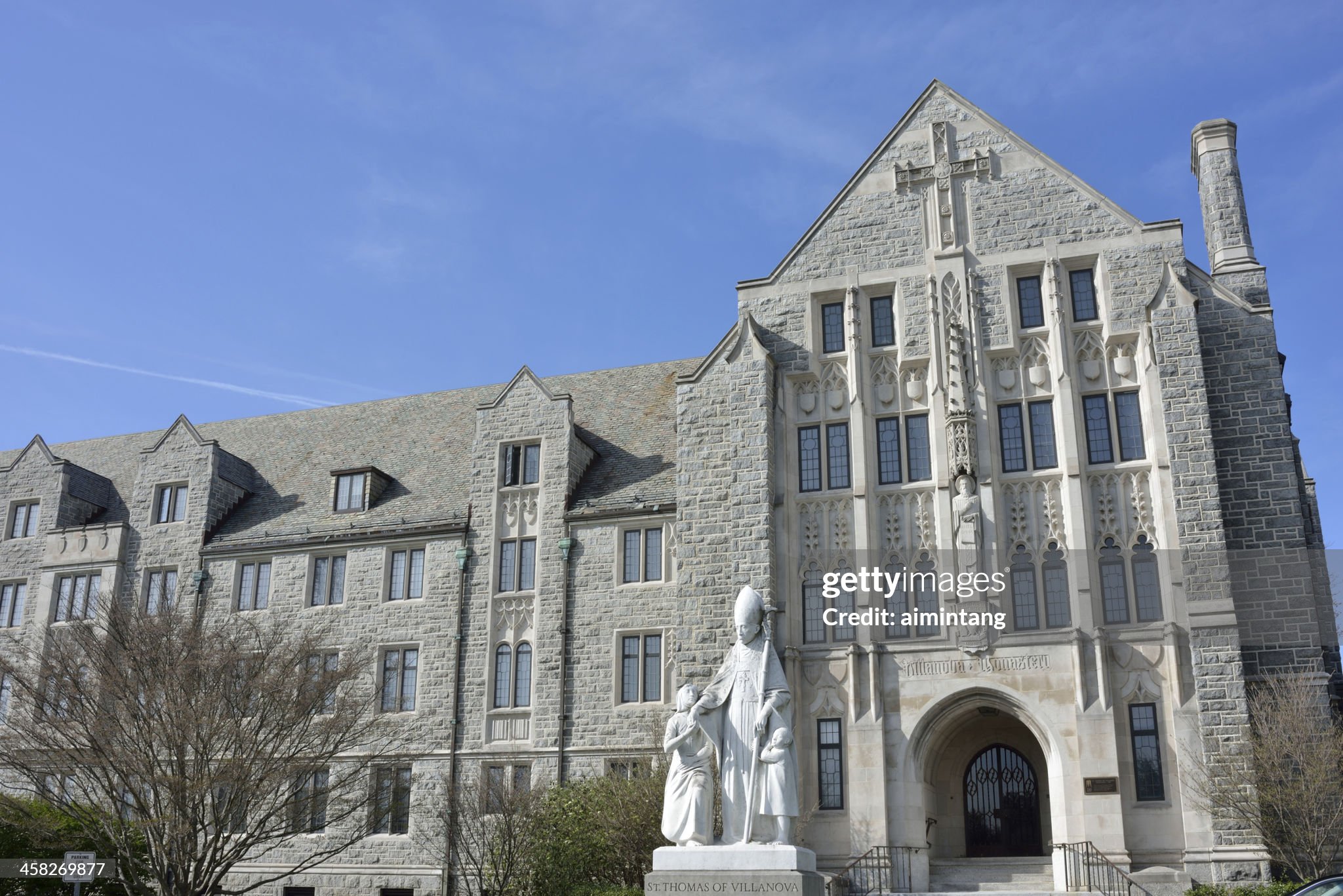
Using language to help save Philly schools
Six Philadelphia district schools have relaunched a program valuing Spanish-speaking as an asset, not a setback, that could help save public education and…
“I’m not a Spanish boy.”
That’s what 6-year-old Sebastian told his bilingual American mother and Costa Rican father when they read him a Spanish-language book or prompted him to practice speaking. Sebastian’s mother, Jessica Esquivel, had enrolled him in a Catholic school where he received 30 minutes of Spanish-language instruction every week.
“We were hoping for him to become bilingual,” Esquivel said. She and her husband speak Spanish at home and while their son understood, he refused to speak. That’s why they decided to increase Sebastian’s formal learning in Spanish from less than an hour each week to more than six hours every day.
It started with a tweet. The Passyunk Post published an article on Southwark Elementary School’s new dual language program where Spanish, English and bilingual kindergarteners sat in one classroom to learn in both languages what every Philadelphia public school kindergartener learns in one. Esquivel crossed the city from her Northwest Philadelphia home to attend the school’s parents’ night, hear the research, meet the principal and take a tour. She was sold.
“He'd be getting Spanish all day long and getting it for free,” Esquivel said. “We are really impressed because he is definitely speaking Spanish now. He is initiating conversations with us in Spanish and he never did that before.”
The Esquivel family is not alone. Six Philadelphia elementary schools — Southwark, Cayuga, Elkin, McClure, Muñoz-Marín, and Taylor —have successfully started popular dual-language programs. Families in North Philadelphia or South Philadelphia — whether Anglo or Latino, monolingual or bilingual — want their child to learn in both Spanish and English.
Ane Ormaechea, the dual-language kindergarten teacher at Southwark, teaches a diverse classroom of students. At the beginning of the year, seven children spoke only English. A couple students are stronger in Spanish than in English. The majority in the class of 24 speak both languages. The children are Anglo, African American and Latino, with families from Nicaragua, Ecuador, Venezuela and Mexico.
Diversity in the classroom is what drew the Esquivel family to Southwark.
“I wanted him in a setting with Latino peers,” Esquivel said. “With my son being in a non-diverse school, even though he's been to Costa Rica to visit family, he didn't have a real sense that he was Latino or what it means to be Latino, and I really wanted him to embrace that side of his heritage.”
Ormaechea said that students like Sebastian have thrived when immersed in an environment with bilingual classmates.
“The other day somebody said something in English to him and he said, ‘en español,’” Ormaechea said with a laugh. “I meet a lot of people who come from parents who are Mexican or from wherever, and usually they can say a few words or understand Spanish, but at one point when they went to school, they shut that down because they didn't want to be that different kid.”
Language as an asset, not a barrier
Before the dual-language program, four of the Philadelphia public elementary schools offered a transitional language program for Spanish-speaking students. The program began with Spanish instruction, but its end goal was not foster bilingualism, but to use Spanish to phase into English.
Nelson Flores, a professor at the University of Pennsylvania, is working with the Office of Multilingual Curriculums and Programs to redesign how the Philadelphia School District approaches language education.
Flores said that 50 years ago, Philadelphia public schools were known nationally for great bilingual education in a variety of languages — from Chinese to Russian. Roberto Clemente Middle School and Edison High School once boasted Spanish dual language programs. Part of Flores’ research is to dig into why those programs vanished.
“Now we’re part of the history,” Flores said. “The hope is that now that we have a fresh cohort of students going through, we can then build the program through middle school and high school so that the students are doing bilingual education from K to 12.”
"Research shows that students in bilingual programs usually do better on those standardized tests"
Dr. Nelson Flores
For now, the five-year dual language program will teach students all subjects, including math, science, reading and social studies, in both languages. In Southwark’s classroom, the instruction is 90-10 — meaning that 90 percent of the curriculum is in Spanish and 10 percent in English. By the time students reach fifth grade, the goal is to implement a 50-50 program.
But learning is learning no matter what language it’s in.
“When you’re learning two languages, you’re actually developing your cognitive skills more strongly,” Flores said. “Research shows that students in bilingual programs usually do better on those standardized tests.”
Allison Still, the acting director for the district’s Multilingual Curriculums and Programs, said the skills that a child develops through their education transfer between languages.
“Research has shown that children are quite capable of learning the two languages,” Still said. “In fact, it benefits them positively.”
As more and more parents learn about that research, the demand for bilingual programs has grown.
Andrea Valera’s daughter, Angelica, is in Ormaechea’s class. Valera speaks and understands some English and practices both languages with her daughter. While she didn’t intend to give her daughter a bilingual education, when Valera heard about the program from teachers, she decided to enroll her.
“I want for my daughter to learn both languages because it is very positive for her education,” Valera said. “In this country you need both languages and if she could learn more than two, that would be better. I hope she is able to continue to study in both languages all the way to high school.”
Southwark Principal Andrew Lukov said that the program — Dragón TWI — was born not as a top-down mandate from the district, but as a community request based on values shared by the central office.
Esther Morales, the education director at Puentes de Salud, said that bilingual education has been in demand in the community for more than five years.
“Their focus on long-term, bilingual support is what brought us to have an education program and a partnership with Southwark,” Morales said. “They didn’t want their children to forget Spanish.”
Parents involved in the North Philadelphia dual language programs felt the same way. Many are third and fourth-generation Puerto Rican and Dominican parents who expressed that they regretted not developing their own Spanish-language skills, and wanted to give their children a chance to revisit their linguistic heritage. But there are also African-American families who want their children to acquire bilingual skills.
Erica Darken, the dual language curriculum specialist for the district’s multilingual office, said that there are waiting lists for children to enroll in the dual-language program in North Philadelphia. Lewis Elkin School on East Allegheny has two full classes, and Bayard Taylor School on Erie Avenue is at capacity.
“In North Philadelphia, there is a range. Some classes have a higher percentage of students who speak Spanish as a first language and a smaller percentage of students who speak English as a first language, and other schools it’s the reverse,” Darken said.
In South Philadelphia, there is demand from both Spanish-speaking and English-speaking communities.
Trish Downey, a member of East Passyunk Civic Association, lives just four blocks away from Southwark, where her daughter is enrolled in the dual language program. Even though Downey took Spanish in her high school and college in Central Pennsylvania, she never had any day-to-day use of it. Her husband, on the other hand, never had any formal education in Spanish but picked up some of the language from co-workers.
“He speaks it much better than I do, but I'm better at reading directions. Together, we figure it out,” Downey said. “The beauty of this program is you have a network of people who are Spanish-language speakers.”
“More and more, it's a local world. We're really interactive with different cultures all the time and different languages all the time,” Downey said. “It's important to be open to that and to have a sense of other, to have a sense of empathy with someone who is learning your language, because you had to learn theirs.”
Bringing families — and funds — back to public schools
Bilingual programs are often viewed as luxury programs for Anglo students to gain marketable skills, while Spanish-speaking students are often seen as academically stunted. The district is working to redefine bilingualism as a priority that isn’t just for those who can afford it. At all six schools with dual language programs, more than 90 percent of the student body is economically disadvantaged. In five of the six, it’s more than 95 percent.
But it’s not just the schools’ populations that has few financial resources. The district itself has seen its budget slashed for years, to the point that many schools have sacrificed programs and full-time support staff like nurses, counselors and librarians. All the while, the number of charter schools has grown in Philadelphia as parents search for another option in their child’s education. Those with the financial resources and opportunity enrolled their children in private school. Others left the city altogether for fully-funded schools in the suburbs, further depriving the district of its tax-base.
The dual language program, however, is bringing some of those parents back.
“Opening this program up to people out of catchment and non-native speakers all over the city, I think it's bringing in more financial resources”
Jessica Esquivel
While families within the school’s catchment are prioritized for the program, those outside the area are also given a chance to enroll.
Jessica Esquivel is just one of the parents who took her son out of Catholic school and started him at Southwark. While the classroom is still short on supplies, like listening centers and leveled reader books, she said that parents have come together to raise money for things like cubbies for children to store their books.
“Opening this program up to people out of catchment and non-native speakers all over the city, I think it's bringing in more financial resources,” Esquivel said. “Parents reach out to friends and family for support. It is nice, but we shouldn't have to do it.”
Allison Still of the district’s multicultural office said that dual language programs don’t require many additional funds because teachers are still hired based on enrollment numbers. In fact, Still said, the language and cultural diversity in Philadelphia schools should be highlighted as a way to sustain public education by remaining competitive.
“To be able to learn a second language with peers that speak that language is an opportunity that a lot of private, charter and suburban schools don’t have. We think it’s a huge draw and it’s a way to see language and culture as an asset instead of a deficit,” Still said. “Being taught to be bilingual and biliterate is going to set these students apart.”










LEAVE A COMMENT:
Join the discussion! Leave a comment.